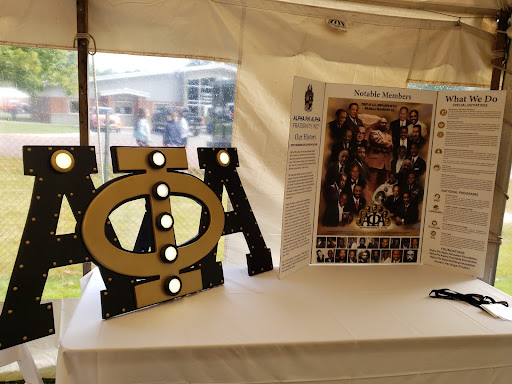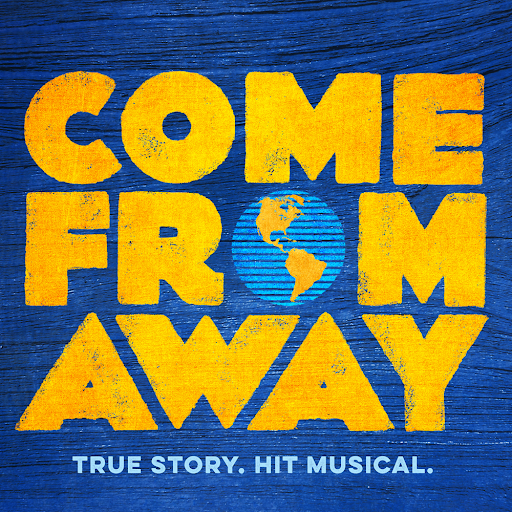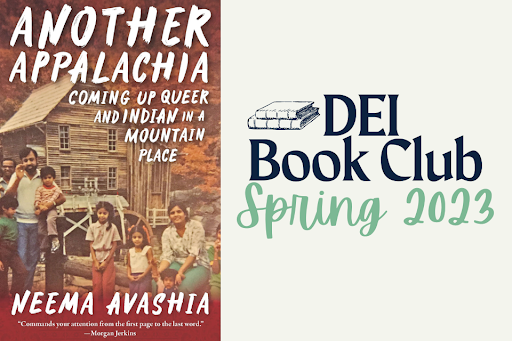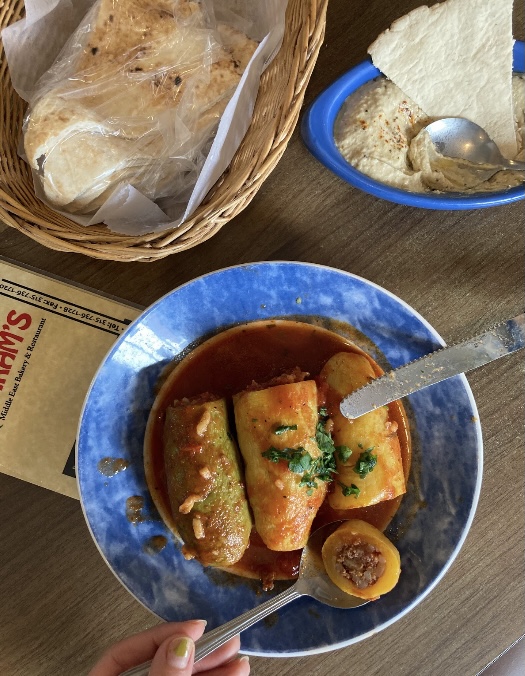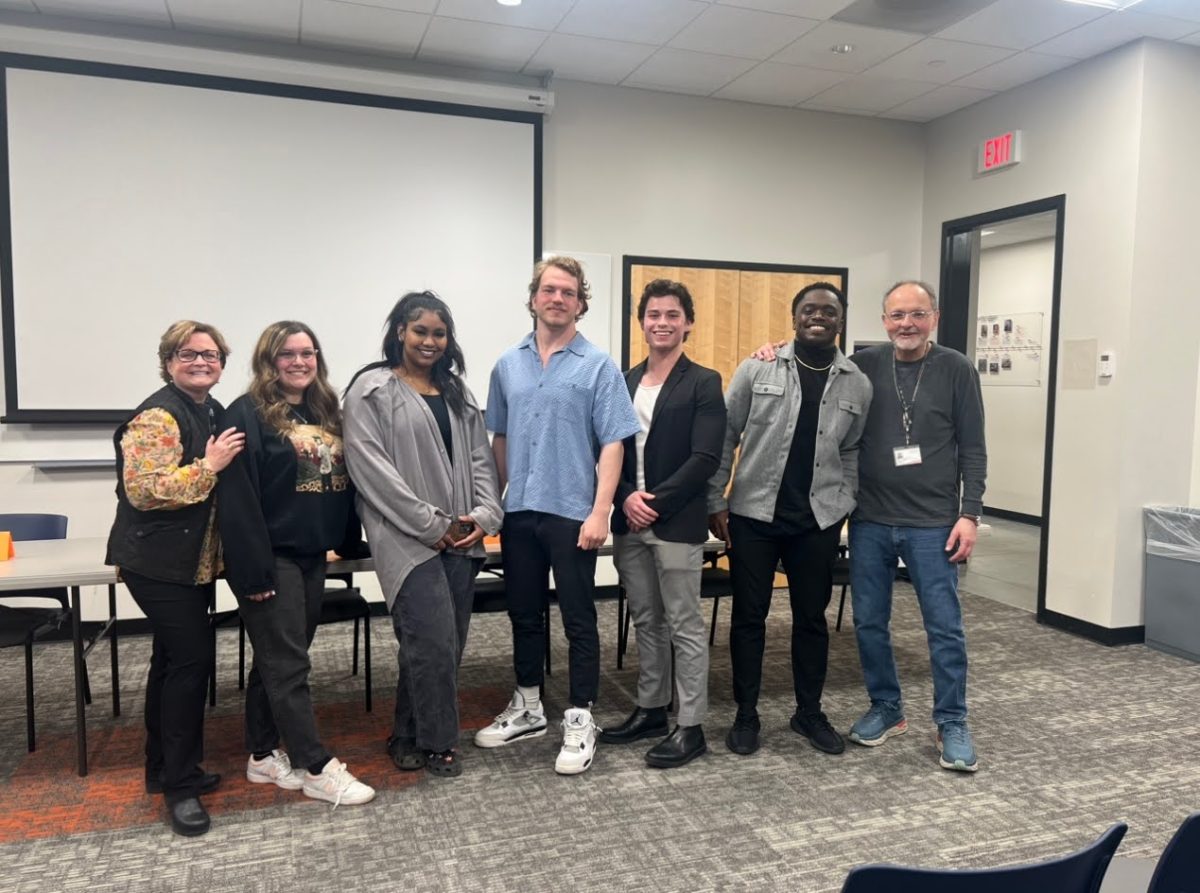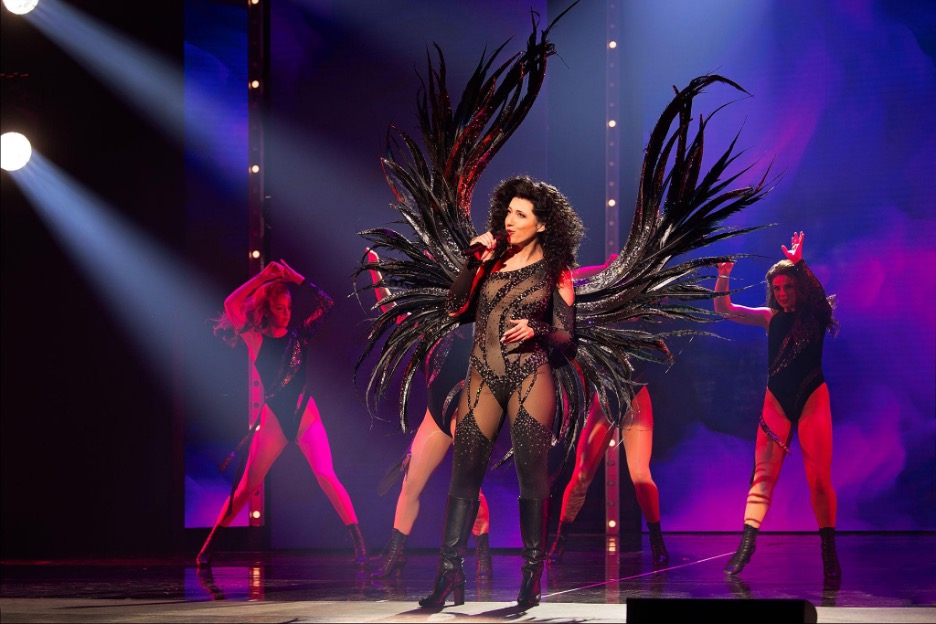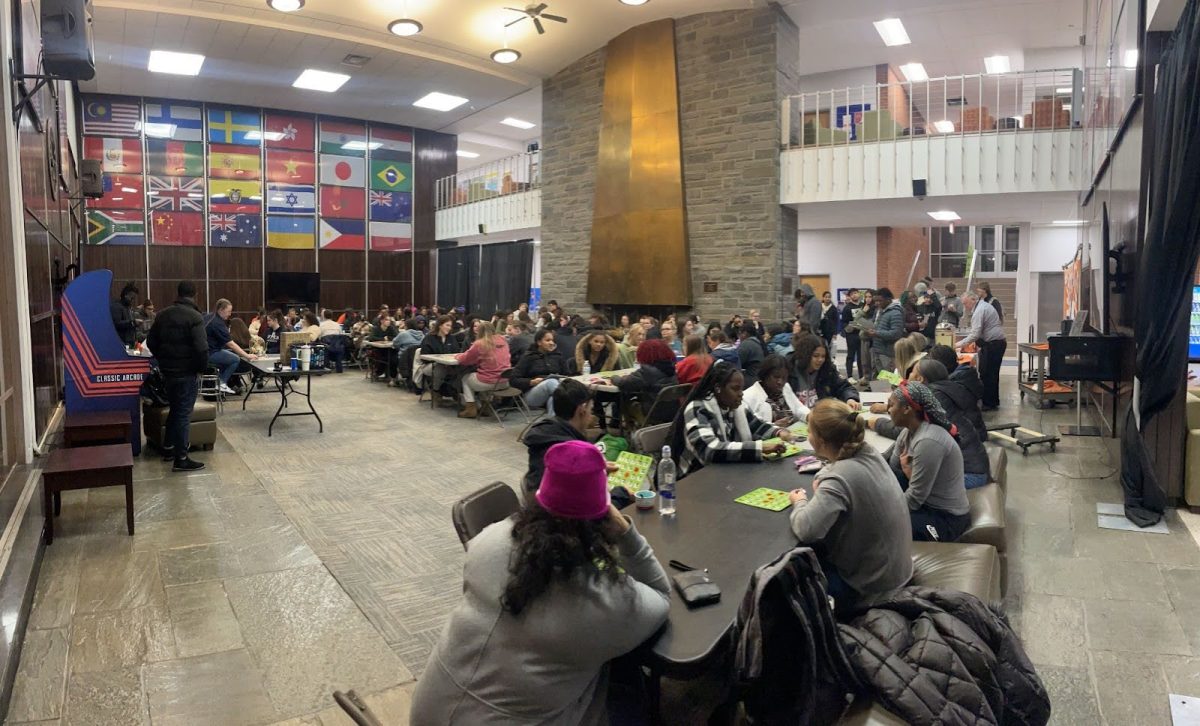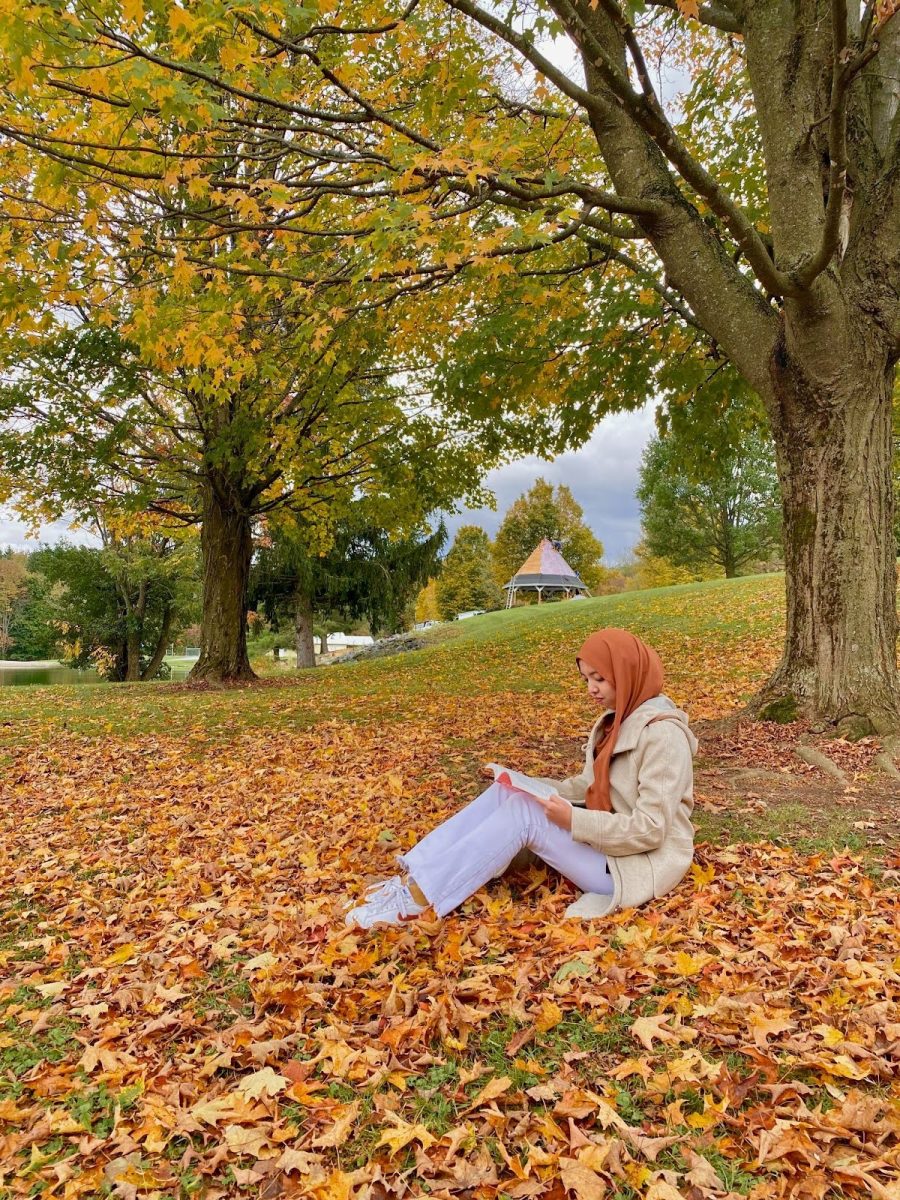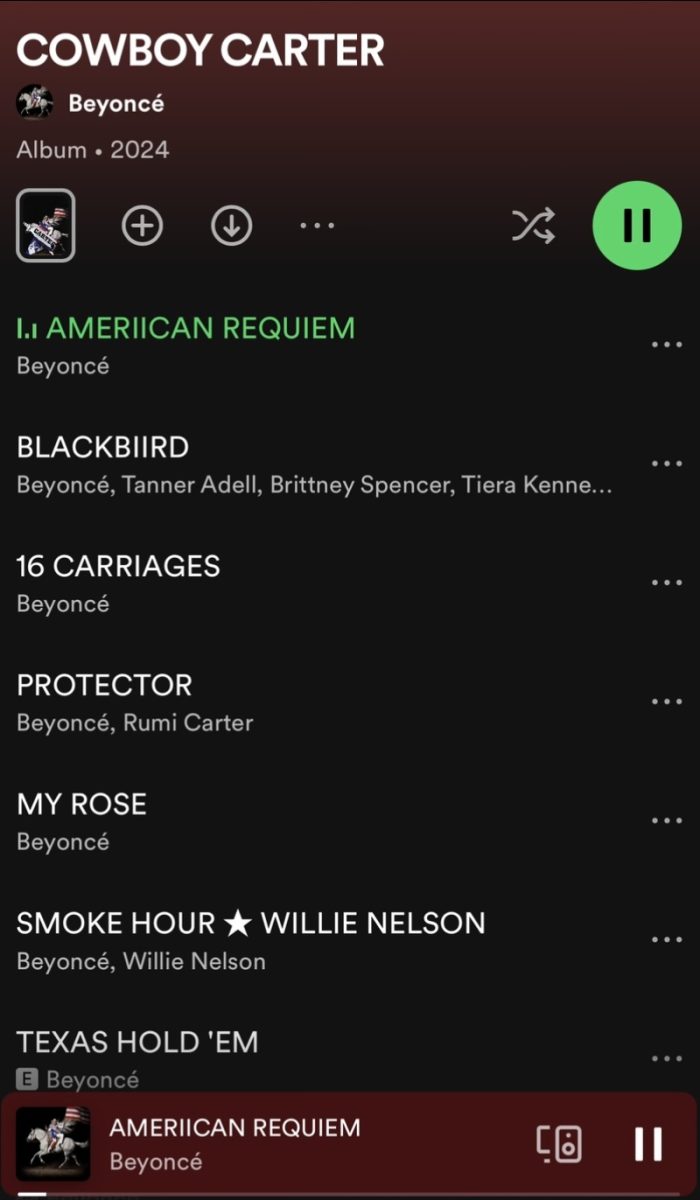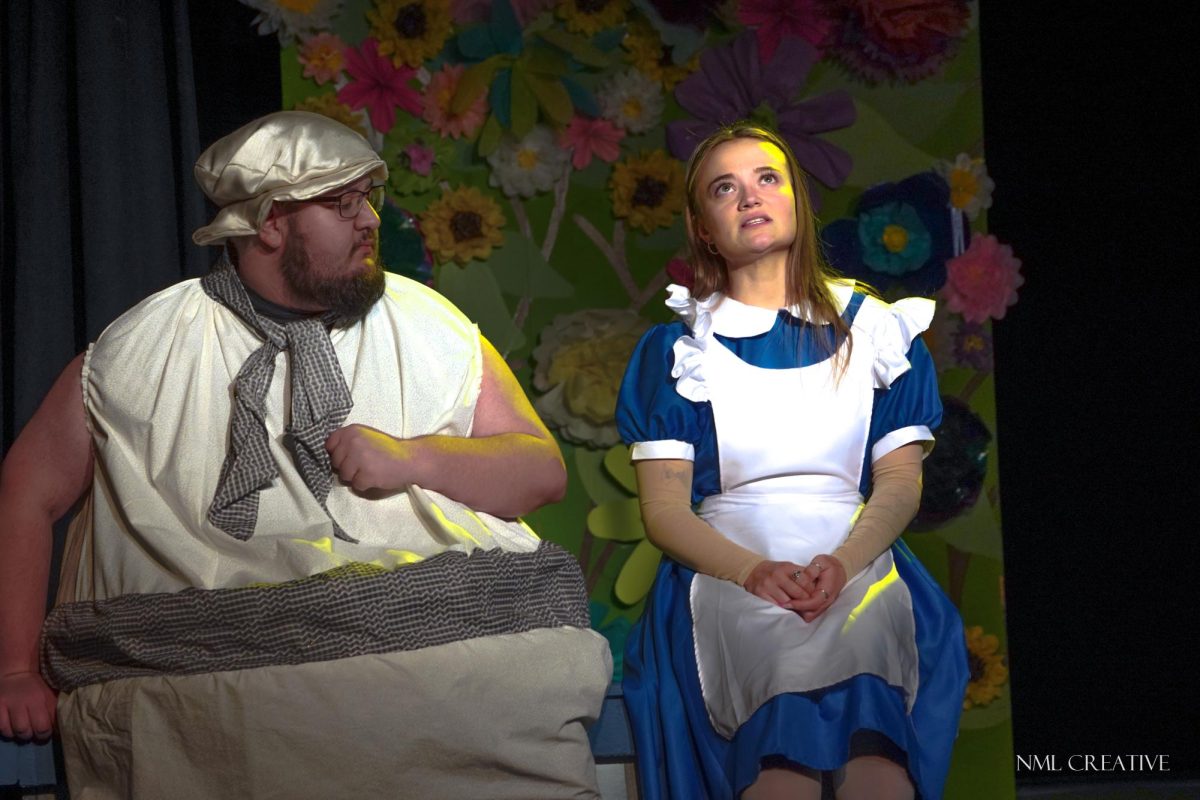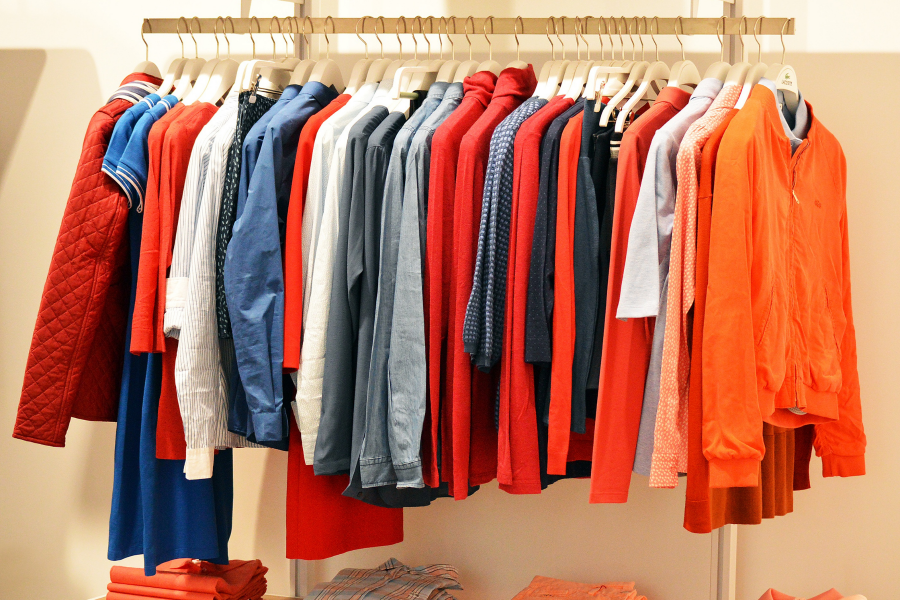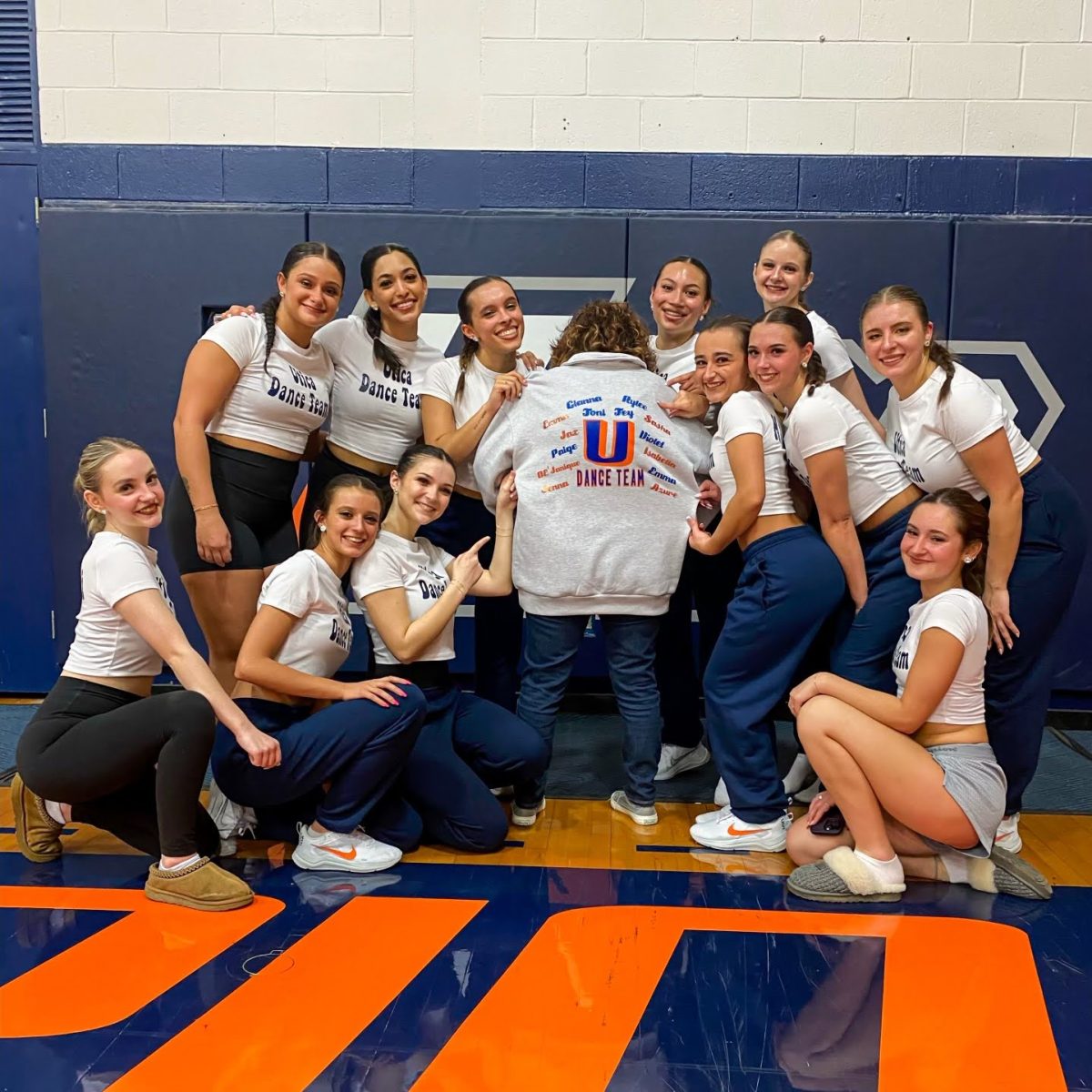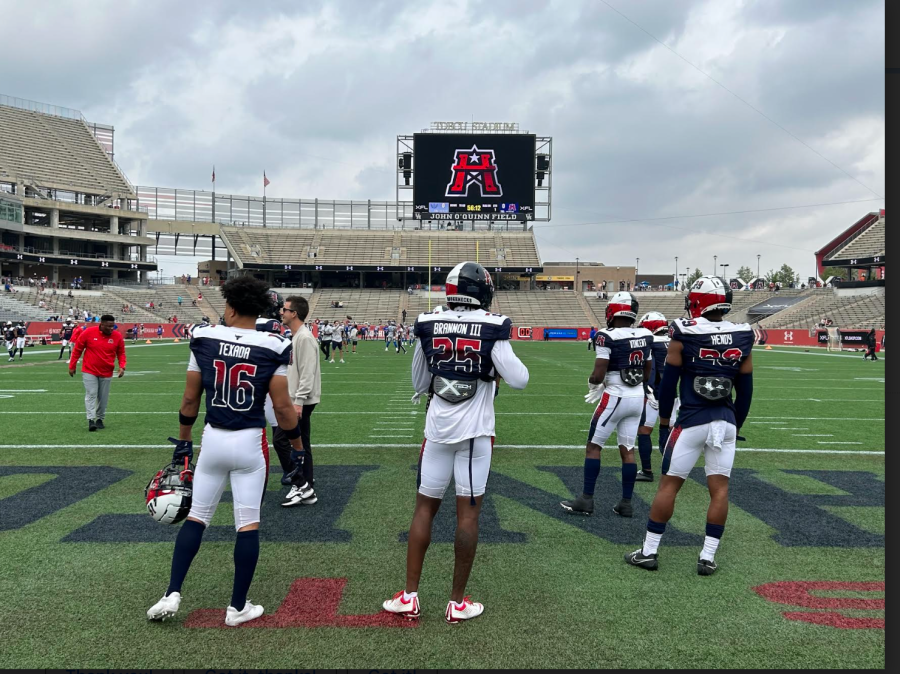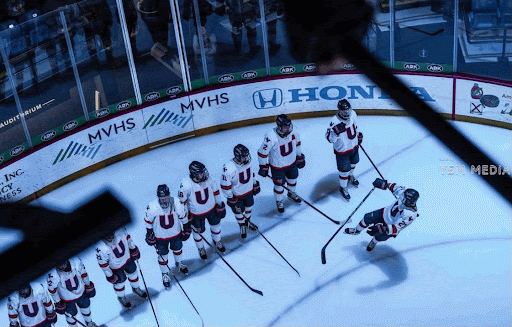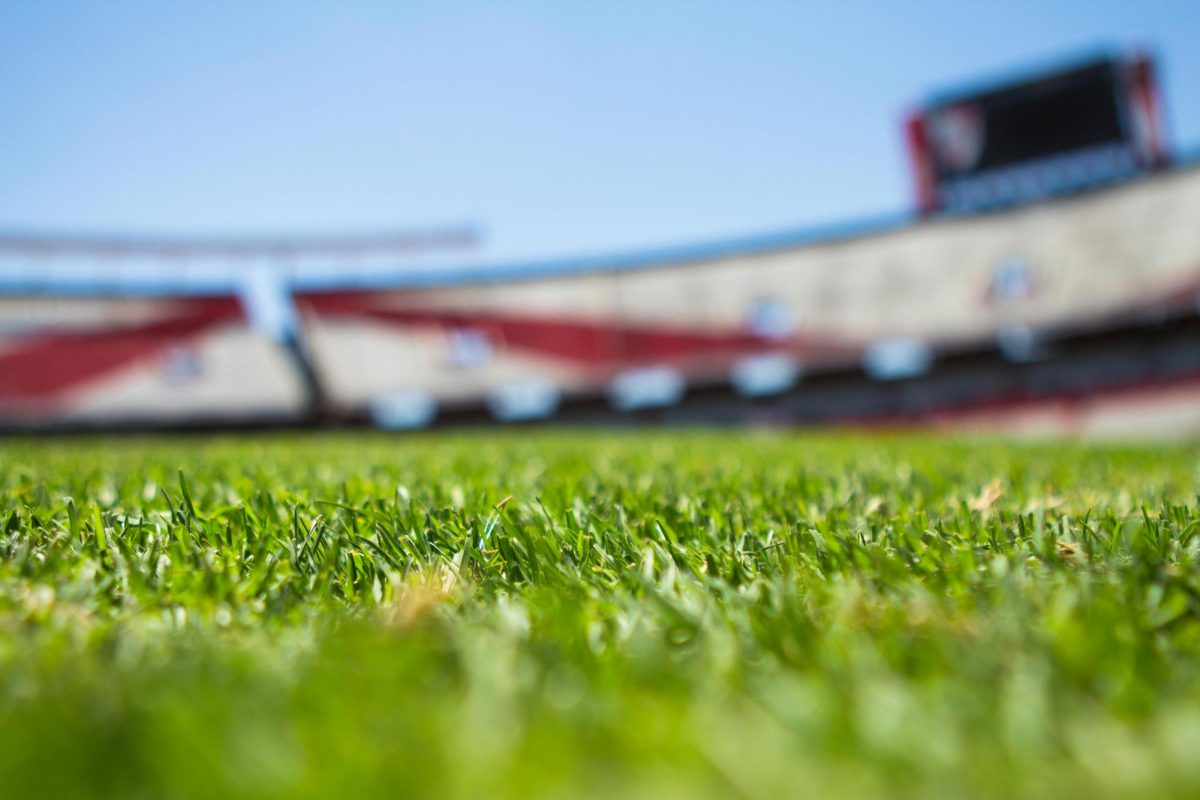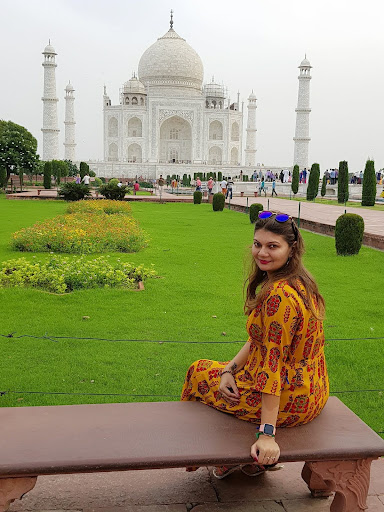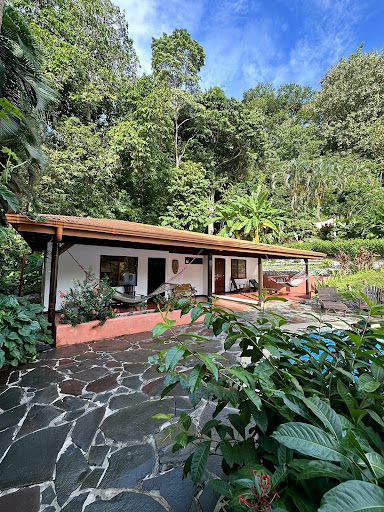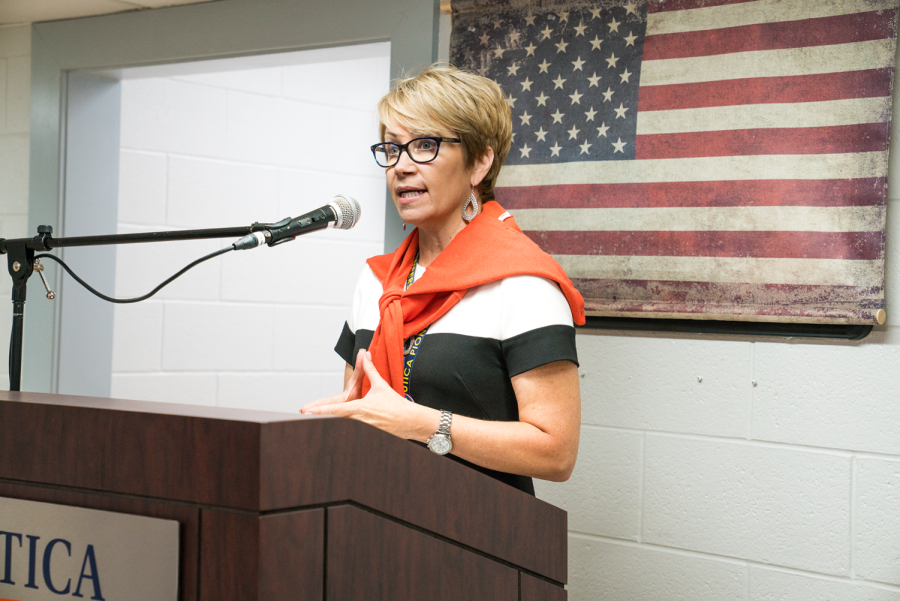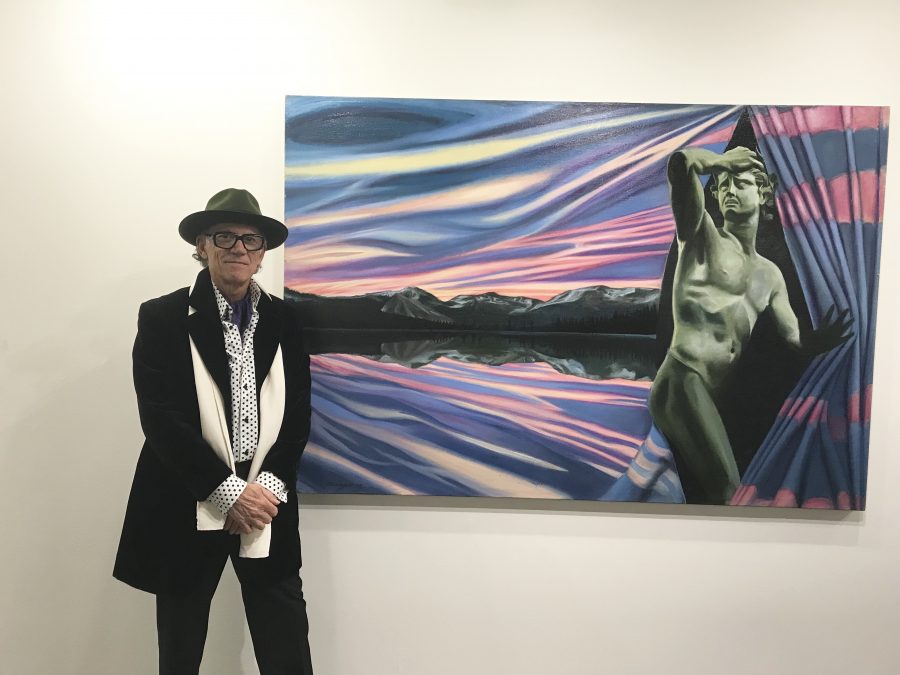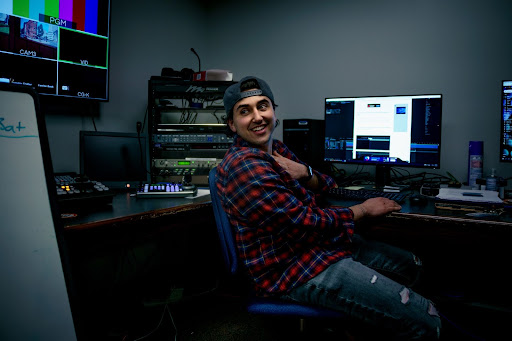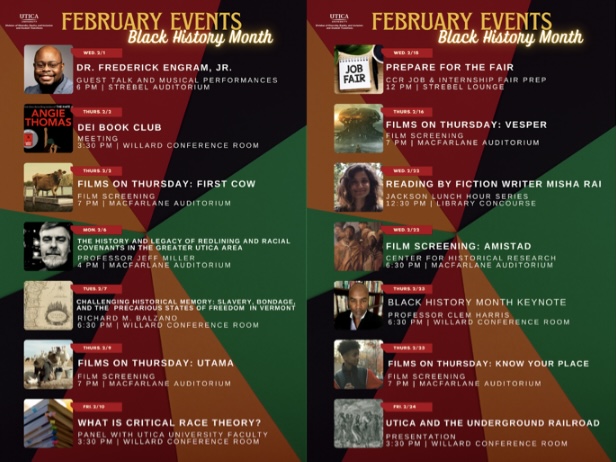Maggie Reid, Assistant Features Editor
If you take a trip down to the Barrett Art Gallery, you can take a glimpse into Rob Mango’s visions through his artwork.
Mango’s fascination with art began as a child after his father and uncles returned home from war.
“As a very young kid I had the hero worship any kid would have,” Mango said. “My father and his brothers all went off to war, and then they came back and they were my heroes.”
He started painting scenes of World War II, which later evolved. Pretty soon, he wandered off to the Art Institute of Chicago and began to gather inspiration from techniques used by classical painters.
Mango, who now lives in Tribeca, has several paintings inspired by New York City. He describes himself as evolving in the 1970’s as an artist when the top was blown off on modern art.
“As a kid growing up in the Midwest in Illinois, New York was just this incredible fantasy to me,” Mango said. “It was home to literature, poetry and art in our culture. I think that I was starved for that in the Midwest. The time came for me to pull the plug and come here, that fantasy continued on for me even as I got to New York. It became a kind of magic carpet for possibilities. It’s an imaginative place to me, even though I live there.”
Painting the buildings of New York can be an intricate task – causing Mango to take a lot of care while doing so.
“I don’t use photographs,” Mango said. “I sketch them in free hand and observe them carefully–how they are built, and the proportions of the windows and all the physical things. All of it is totally freehand, I don’t transfer photos. With the city, I look and see.”
While Mango loves being an artist, that doesn’t mean he hasn’t had difficulties throughout the years as an artist.
“I’m not a complainer by nature, life has its difficulties,” Mango said. “If you are really an artist and it’s your life, and not a hobby and you want to make it you have to have other professions in order to survive, especially if you have a family. You have to manage your time well. Over the course of my life I have had other jobs to survive, to keep rent paid and food on the table, but I never stopped creating. Balancing two lives is the most difficult thing.”
Despite these difficulties, complaining isn’t something Mango enjoys doing.
“Being an artist is a great life, there is nothing better, “ Mango said. “No greater form of freedom than creativity, being free is the greatest drug of all. I use it, I express myself and my mind. The freedom of doing that is so exhilarating, you’re not going to find me complain about being an artist.”
Another talent Mango possesses besides art, is running. In 1970, he almost made the Olympic team for the 800 meter race. Getting to the finish line first was always a “huge thrill” and he described himself as having a competitive instinct.
“Track was an amatuer sport then, making it as an artist was so hard and I felt like I was too challenged,” Mango said. “Only regret I have in my life is not making that team because I could have made it, I feel.”
Today, Mango still enjoys running and finds it as the source of inspiration behind his artwork.
“Running to me is access to my own unconscious,” Mango said. “[With] really hard mileage and distance, my imagination is really active. I see a painting before my eyes, [because of] the oxygen debt factor, interesting things happen. When I look at what I am going to paint, it changes and the possibilities expand innumerably. I was addicted to the runner’s high, the endorphins. I was doing 100 miles a week, I was able to do it because I was seeing things.”
He describes the visions that he has while running as being “very intense.” Some of the ideas he has are created “right there” while others are reviewed.
While in college, Mango majored in industrial design switched his major during his last semester to painting. He found industrial design as being “too restrictive” .
“I had so much to give, my imagination was just exploding,” Mango said. “ It had to be that way. My parents at the time, they didn’t want me to be in the arts because of the difficulty and struggle, there was a pressure there. I did my best to stick with it, I had to do it. It was inevitable. I don’t believe an artist needs school, but you do need to work. For some people the discipline of school helps them work.”
Through the pieces, viewers can notice that Mango gives his all in all his artwork.
“I live and die in every picture, I really do,” Mango said. “ I give it all I have. I judge myself in its outcome, I’m very harsh on myself, very severe and judging on whether it’s a success or a failure. I won’t sign my name to it if it’s not right. I learn from every painting.”
Mango’s exhibition was already on the schedule when Megan Austin, director of the Barrett Art Gallery, started working at Utica College. However, the exhibition had not been curated, designed, promoted or had an educational program in the works.
“I feel fortunate to have worked with an artist like Rob Mango,” Austin said. “He was a dream to work with, he is a talented, engaging, kind and collaborative person.”
Austin met with Mango several months ago in Tribeca where she went through more than 100 works created by the artist.
“I made a selection of the works to create continuity based on the different visual elements he generated over the span of his career,” Austin said. “I designed a 3D rendering of the Barrett Art Gallery and looked for strong relationships between visual content and organization of the works as they evolve over time. The exhibition is a mini-retrospective of Mango’s over 40-year long career.
“Three paintings we had on-site were not chosen for the show because of available wall space, ability for the works to breath and not feel cluttered, narratives in the work, as well as varied scale and mediums. Some of the UC students who work at the gallery were part of the selection process and installation, which provided them with an insider look at curating and exhibition design. I didn’t want to force together works to display in the same space that didn’t feel right together and I wanted the chosen works to resonate with the students, faculty and UC community.”
Mango’s Rhapsody exhibit will be displayed until April 28 in the Edith Langley Barrett Art Gallery in the library concourse.

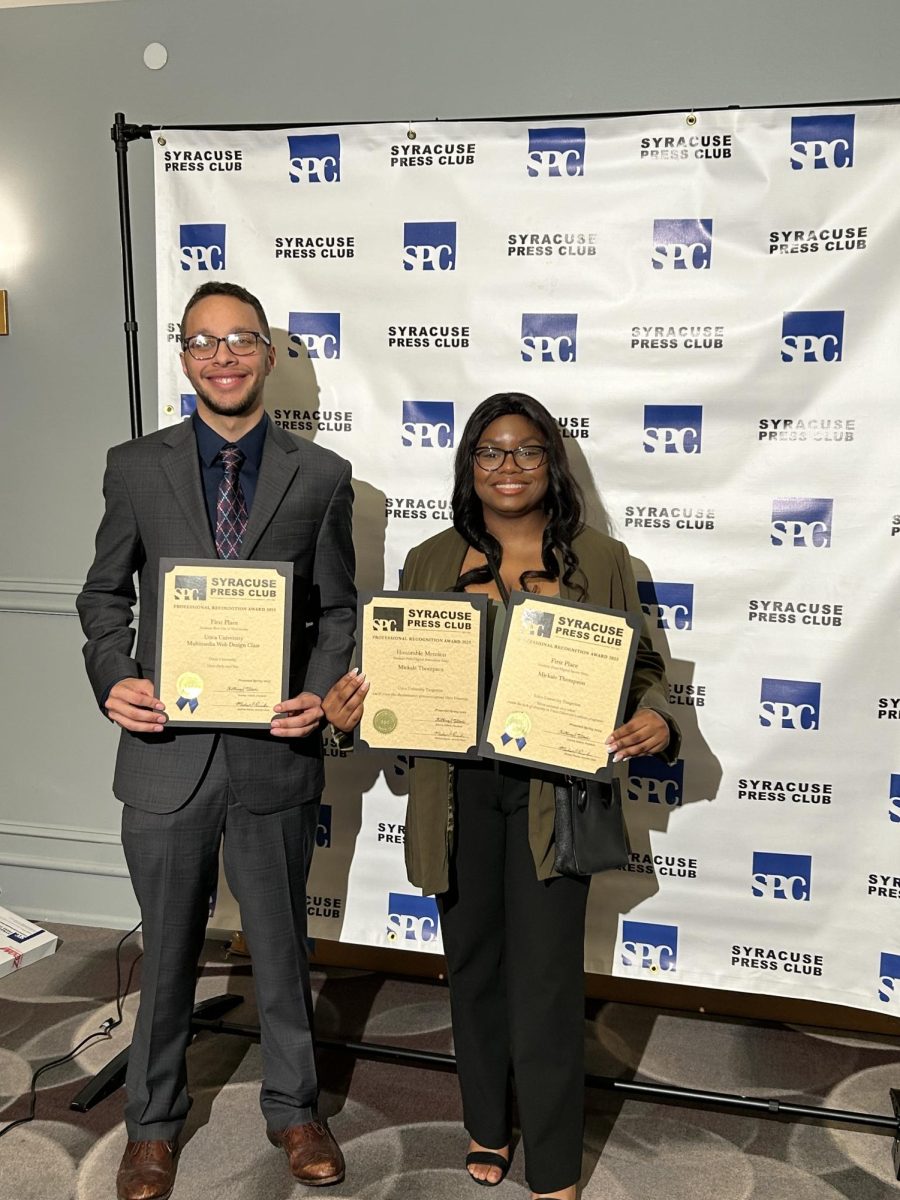



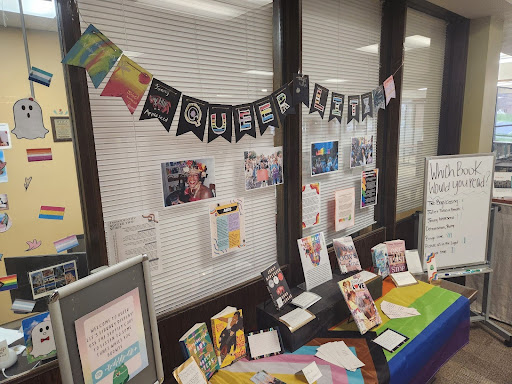


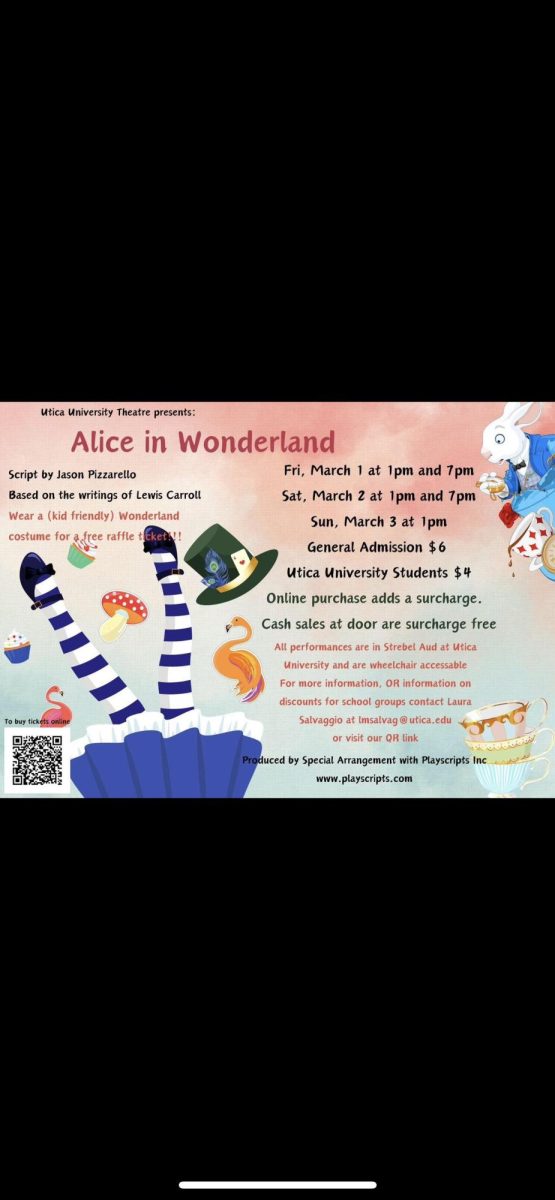









![President Todd Pfannestiel poses with Jeremy Thurston chairperson Board of Trustees [left] and former chairperson Robert Brvenik [right] after accepting the universitys institutional charter.](https://uticatangerine.com/wp-content/uploads/2023/10/unnamed.jpeg)








